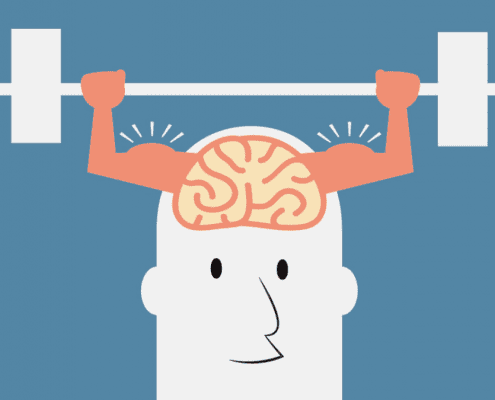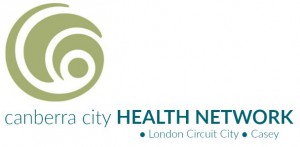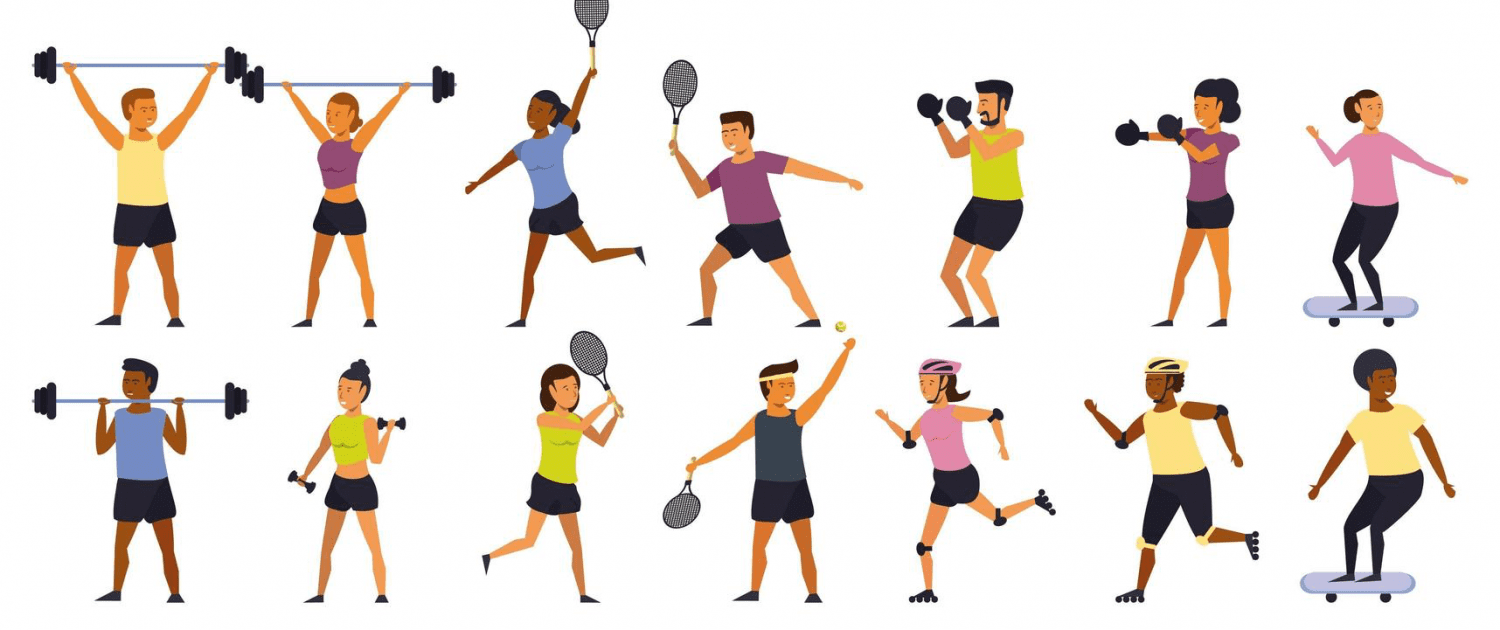Is Stress Causing Your Pain? The Importance of Having an Action Plan
Stress is responsible for many responses in the body which can be harmful, ranging from heightened vital signs all the way to major cardiac events. The effects of stress are well documented on the body; however, we often do not think of stress as a factor when it is related to pain. It may not seem it, but the two are both connected and meant to protect us. However, they often lead to chronic pain over long periods.
Chronic pain is characterised as pain which lasts beyond normal healing time of 3-6 months. This condition affects upward of 1.6 million individuals above the age of 45 a year in Australia alone. With the ever-increasing number of jobs requiring large periods of inactivity, correlating with fast pace work environments and deadlines to be met, there is an increase of stress placed upon individuals across the board. Many of these individuals have yet to create plans in order to combat the high levels of stress and angst, causing headaches, migraines, inflammation build up and long-term pain in areas without a sign of ‘injury’. The American Institute of Stress conducted a survey showing that 77% of individuals physical health suffers from stress, which only further puts forward the importance of realising and accepting how stress can impact our lives in more than a mental state.
The biological processes of both stress and pain have several overlapping factors which are both designed to protect us and help us survive – however, both processes can become inherently dangerous once they reach a chronic stage. Once chronic, the pronunciation of dangerous behavioural and physiological changes begin to present. Reduction in movement, increase in sedentary lifestyles and changes in biomechanics can cause pain, inflammation and neural symptoms throughout the body. These changes happen in a feed-forward effect, a vicious cycle which is hard to combat once in full motion. You may feel that the initial catalyst for this pain was due to something small like sneezing, coughing or even getting up off a chair. When in reality, the symptoms have been built up over a long time in a way which may have flow under the radar.
Luckily there are a plethora of ways in which we can tackle stress. This allows us to identify, break down and move towards eliminating stress from our lives in order to reduce the pain which may be paired with it. Creating an action plan for stressful times is a fantastic way to be ready for these moments and prevent the cycle of chronic pain before it begins, or to manage it on the go.
Here are some important aspects which you should include in your stress action plan:
Get Moving!
- Find something you enjoy that gets you on your feet. Movement is medicine. Make sure to do so in a safe way, of course. We often throw ourselves into new hobbies which lead to a big spike in motivation followed by a decline, and moving back to square one with pain and motivation. We may feel like we are only moving backwards. Ensuring you are pacing yourself and know your current limits is important.
Be Social
- If possible, bring your family members, friends, dog, cat, anyone! The more the merrier. Having social support is important in this journey, and has been shown to improve survival and happiness rates by more than 50%. Social interventions should be a large factor in any chronic pain treatment.


Get Help from Professionals
- You know your body best and what you need, however, it is always good to have a professionals help in this situation. Research has shown that multi-disciplinary approaches have the greatest benefit and lead to the best results with chronic pain and stress management, so make sure to get in contact with an Exercise Physiologist, Physiotherapist, Osteopath, Psychologist or any other health professional who will be able to give you the physical and emotional support you need.


Written by Kyle Howson
References
Abdallah, C.G. and Geha, P., 2017. Chronic pain and chronic stress: two sides of the same coin? Chronic Stress, 1, p.2470547017704763.
Chovatiya, R. and Medzhitov, R., 2014. Stress, inflammation, and defense of homeostasis. Molecular cell, 54(2), pp.281-288.
Jay, K., Friborg, M.K., Sjøgaard, G., Jakobsen, M.D., Sundstrup, E., Brandt, M. and Andersen, L.L., 2015. The consequence of combined pain and stress on work ability in female laboratory technicians: a cross-sectional study. International journal of environmental research and public health, 12(12), pp.15834-15842.
Oraison, H.M. and Kennedy, G.A., 2021. The effect of social support in chronic back pain: number of treatment sessions and reported level of disability. Disability and Rehabilitation, 43(11), pp.1526-1531.
https://www.stress.org/daily-life
https://www.therecoveryvillage.com/mental-health/stress/stress-statistics/
https://www.aihw.gov.au/reports/chronic-disease/chronic-pain-in-australia/summary

